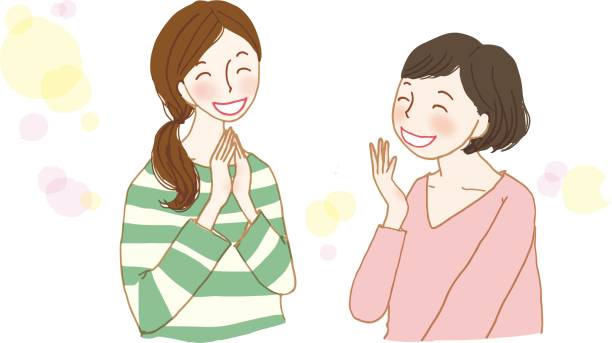Wednesday, March 27, 2024
The time I used humor to reduce uncertainty
Saturday, March 23, 2024
The meaning of the Relief Theory
Tuesday, March 12, 2024
My moment with the Benign Violation Theory
Wednesday, March 6, 2024
A discussion of the Clarification Function of Humor
Tuesday, March 5, 2024
The Arousal Theory showcased in Bizaardvark
Humor in people's lives is often caused by a wide variety of things. It may be caused by listening to a joke, by seeing something funny, and by doing something that one thinks is funny. Humor, however, can also be caused when people feel pleasure. This specific cause of humor goes along with one of the theories of humor known as The Arousal Theory. This is a theory that people can see occurring when someone expresses feelings of pleasure by letting out their laughter. One common feeling of pleasure that often causes people to laugh is being tickled. There are of course some people who are not ticklish, so the feelings of pleasure that can cause people to laugh vary from person to person. The main point of this theory, however, is that some sort of pleasurable feeling immediately leads people to find humor by laughing.
A clip that captures the essence of The Arousal Theory is the one I included below from "Bizaardvark." The clip shows two characters known as Frankie and Paige who are fighting each other during an MMA class. At the start of the clip Frankie complains about Paige's approach to fighting while also questioning how it is possible for her to be so good at this sport. Paige when hearing this question says that one of the reasons, she is so good is that she understands what her opponents' weaknesses are. Her response soon causes Frankie to say that she also knows what weaknesses her opponents have, which further prompts Frankie to attack her with tickles. As this tickle attack occurs both Frankie and Paige show how they find humor through the use of The Arousal Theory. Paige herself finds humor by laughing at the feeling of tickles since that feeling seems to cause her pleasure right before she pushes Frankie away. Frankie, however, also seems to find humor through this theory by laughing a bit since it seems like tickling Paige is something that causes her pleasure. Finally, after they both use this theory Paige seems to be mad at Frankie for the tickles, but she regardless shows how a pleasurable feeling like tickles can result in laughter through The Arousal Theory.
In sum, the clip shows that The Arousal Theory involves a pleasurable feeling that causes people to laugh. While also showing how the theory itself can occur among people. However, one thing to note is that the clip only shows two of the various pleasurable feelings that can cause people to laugh, which in this case includes being tickled and tickling someone.
Humor within organizations
Imagining how humor plays out in organizations can be tough for most people since they mostly expect organizations to be professional an...

-
Distressful feelings are inevitable. However, they do not always prevent humor since letting them go can sometimes actually lead to humo...
-
The existence of social norms is a very important aspect of why people experience humor. Throughout the world people are often intention...
-
It is a common thing for people to say that they share a joke or a humorous experience with certain people. These jokes and experiences ...




